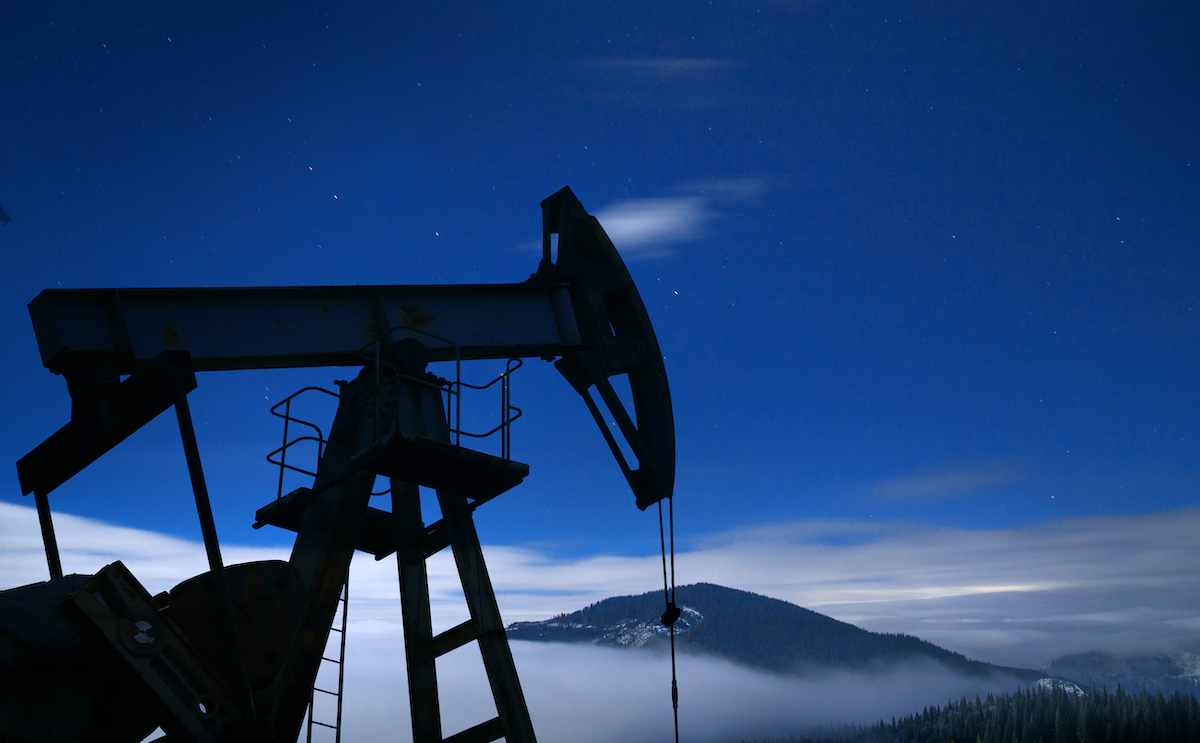Ending Our Addiction to Natural Gas Will Not Be Easy
Addressing Climate Change Needs Workers, Investors, and Innovators to Be Involved

The Philadelphia Gas Works, founded in 1836, is the oldest gas utility in the country and still one of the most substantial with its 6000 miles of service lines and more than half a million customers. The nation’s largest gas utility is our SoCalGas Co. The reality, however, is that today all gas providers are facing existential threats from the quickening energy transition that aims to convert buildings from gas to electricity.
The gas industry has gained several decades of reprieve by promoting gas as the bridge fuel between coal and renewables. Nevertheless, as the urgency to address climate change has increased and the monitoring of methane leaks from gas pipes (three million miles of gas pipelines nationally) has revealed gas to be almost as dirty as coal, time is running out for gas.
Increasingly, cities’ climate action plans are targeting achieving carbon neutrality by 2050 or sooner. Banning gas from new construction is a relatively easy first step and will be policy in California in a few years. Much thornier is how to get gas out of existing buildings: Almost 60 percent of the country’s 120 million houses use natural gas.
The first step in a comprehensive approach to decarbonizing the nation’s energy infrastructure would be to improve energy efficiency in equipment and delivery systems and reduce consumption. The second would be to electrify as many cars, space heaters, water heaters, and cooktops as practical, using electricity from renewable sources. The third would be to replace as much natural gas as possible with low-carbon alternatives such as biogas, hydrogen, or synthetic gas (a liquid blend of hydrogen and ammonia or methanol designed for easy transport in existing pipelines), which combust without carbon emissions.
The gas infrastructure is old and in need of repair, but spending on pipeline maintenance above what is required for immediate safety is unwise. One strategy, beyond minimal repairs, is to select a neighborhood, convert it to a clean alternative, and then shut off that section of the gas system, thus reducing the size of the network. Another option is to develop a geothermal district. Ground-source heat pumps can tap temperatures deep underground to provide neighborhood heating and cooling. Installation costs are high, but operating costs are negligible. Gas line rights-of-way could be used for geothermal pipes.
The American Gas Association (and SoCalGas) has promised to use more biogas and create hydrogen/biogas blends. These cleaner alternatives need to be pursued, but costs are high, and scope appears to be limited to supplanting only a fraction of natural-gas use.
Reining in climate change requires many solutions. Gas utilities and the 98,000 workers employed in the gas industry need to be part of the picture. Repairing unsafe infrastructure, developing geothermal systems, and expanding renewable natural gas would use the expertise of many of these workers.
Support the Santa Barbara Independent through a long-term or a single contribution.



